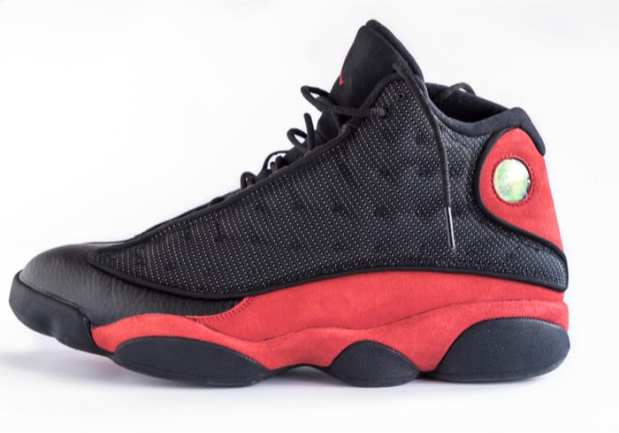Creating A Counterfeit-Proof Sneaker Marketplace

New startups working with venture investors get all kinds of advice; some very good, some not so much. But GOAT Co-Founder Eddy Lu probably got some of the most memorable advice from one of his investors in the aftermath of a Black Friday 2015 meltdown, according to a story in South China Morning Post.
“Our investor said to us, ‘It’s better to be hated than unknown,’” Lu remembered.
It was a piece of guidance that was hard to take seriously at the time. GOAT (short for Greatest Of All Time) is a marketplace that specializes in selling both new and used sneakers (usually special edition, rare or otherwise desirable finds) for the large and lucrative market of sneaker collectors.
Today, a little over four years in, the firm is one of the better-known show marketplaces on the web or mobile — particularly among sneakerheads. But when GOAT first launched in July of 2015, it was having some trouble getting attention. Sales were weak to nearly non-existent. So the startup decided to goose its revenue with a Black Friday promotion on Instagram.
“This Friday only: get the Yeezy Boost 350 Pirate for retail and other kicks at up to 75 percent off,” read the Insta-ad that immediately got the world’s attention.
Yeezy Boost 350 Pirate is a Kanye West-designed sneaker that lit the world on fire in 2015, and they were not easy to come by, at least not at regular retail prices. A roughly contemporaneous look at the pricing of Yeezy Boosts on eBay would find consumers paying $1,200 on the low end for lightly used sneakers and as much as $20,000 for new specialty variations. The post went viral, and from a sales perspective was both a stunning success and a crashing failure.
Emphasis on the crashing; so many consumers arrived trying to snap up that very desirable Black Friday promotion the site spent most of the day going down. GOAT, according to Lu, spent the bulk of the day accumulating hate mail from legions of dissatisfied customers who didn’t get their Yeezys.
“[The] Instagram post on that day was [receiving] one hate comment a second. There was thousands of comments. One of our investors called us and was like, ‘Is everything OK?’ And I was like, ‘Not really, we’re trying to answer all these customer service messages and failing.”
Ultimately, however, GOAT was better than OK — that investor, as it turned out, has been right. Good attention, bad attention — it was all attention and though it might not have been the ideal way to do so, it certainly got the GOAT name out there.
Because, Lu noted, while there is no shortage of marketplaces that take on the role of the middleman connecting the sneakerhead to the sneaker purchase, GOAT’s unique value proposition is that it doesn’t just make sure the purchase is possible, it makes sure the sneakers changing hands are legitimate. The marketplace authenticates every pair of sneakers sold on its site — sellers send their wares to GOAT, and GOAT sends them to the buyer once it has verified that the goods received match the goods being sold.
That authentication is done via algorithmic processing through a variety of a lot of different types of data, and looking at each piece for various individual details that Lus says can be almost impossible to spot on a screen.
“For the good fakes, you can’t just rely on pictures and algorithms. There’s just no way. Because it’s not just the look of the shoe. It’s the feel of it and the smell, actually. It’s funny, because with a fake factory, when they make products, the smell is different from a traditional Nike factory. You get that Nike new car smell when you open a box of Nike sneakers.”
The problem, he said, and what sneaker collectors know, is that the fake factories, particularly in China, are very, very good. Often, he said, it is not the shoe itself that gives away the fact of a fake, because it is a perfect replica of the real deal. What authentication relies on is the other details they get wrong — the production data on the label is wrong. It is not easy to make a perfect fake, he noted, because there are so many details that at least a few are always going to be off.
But it is easy to make a good fake, a very good fake, in fact. And what GOAT does — and what has propelled its name in the business — is that at least within its in-house vetting process, it is much harder to successfully sell that fake than it is to make it.
